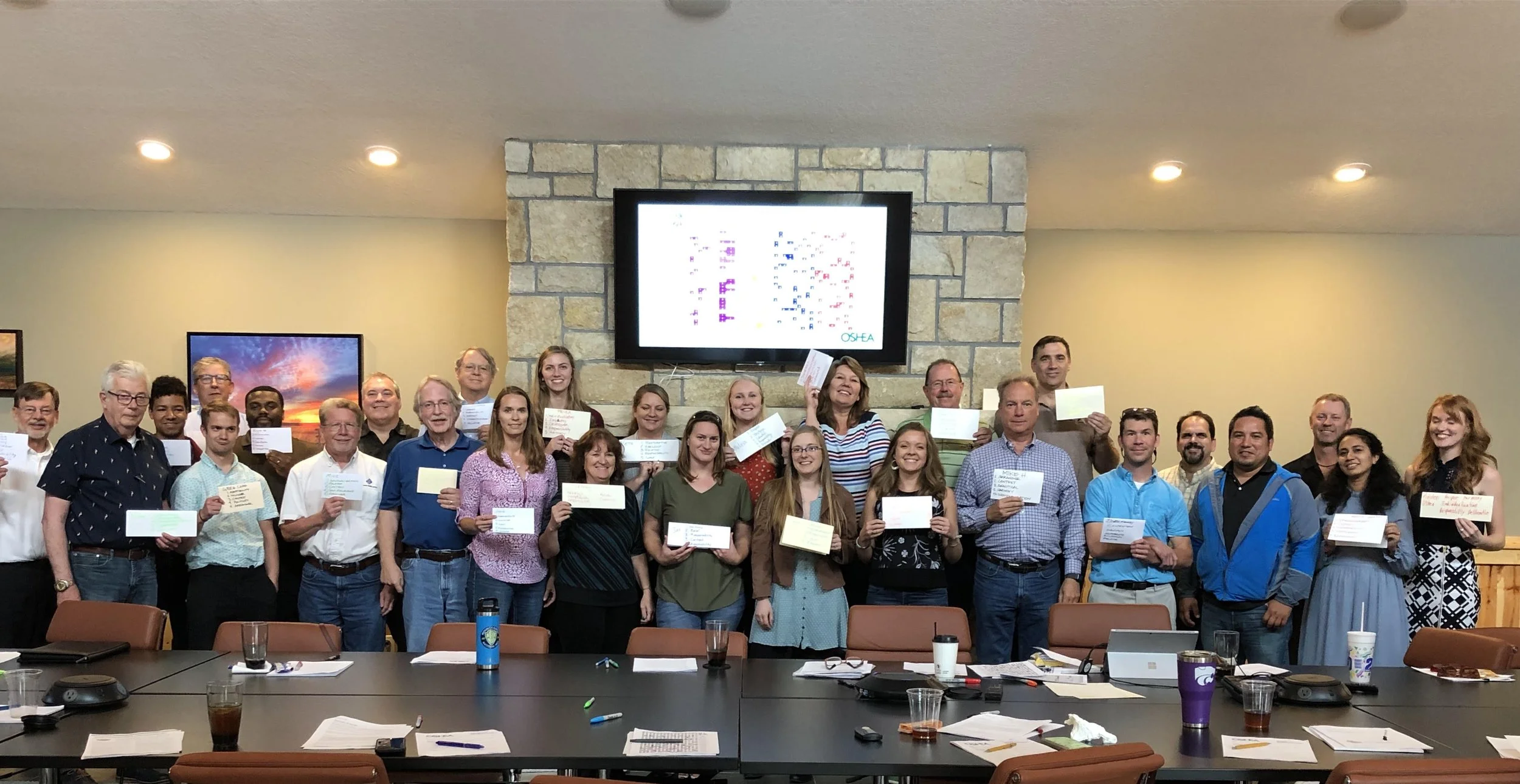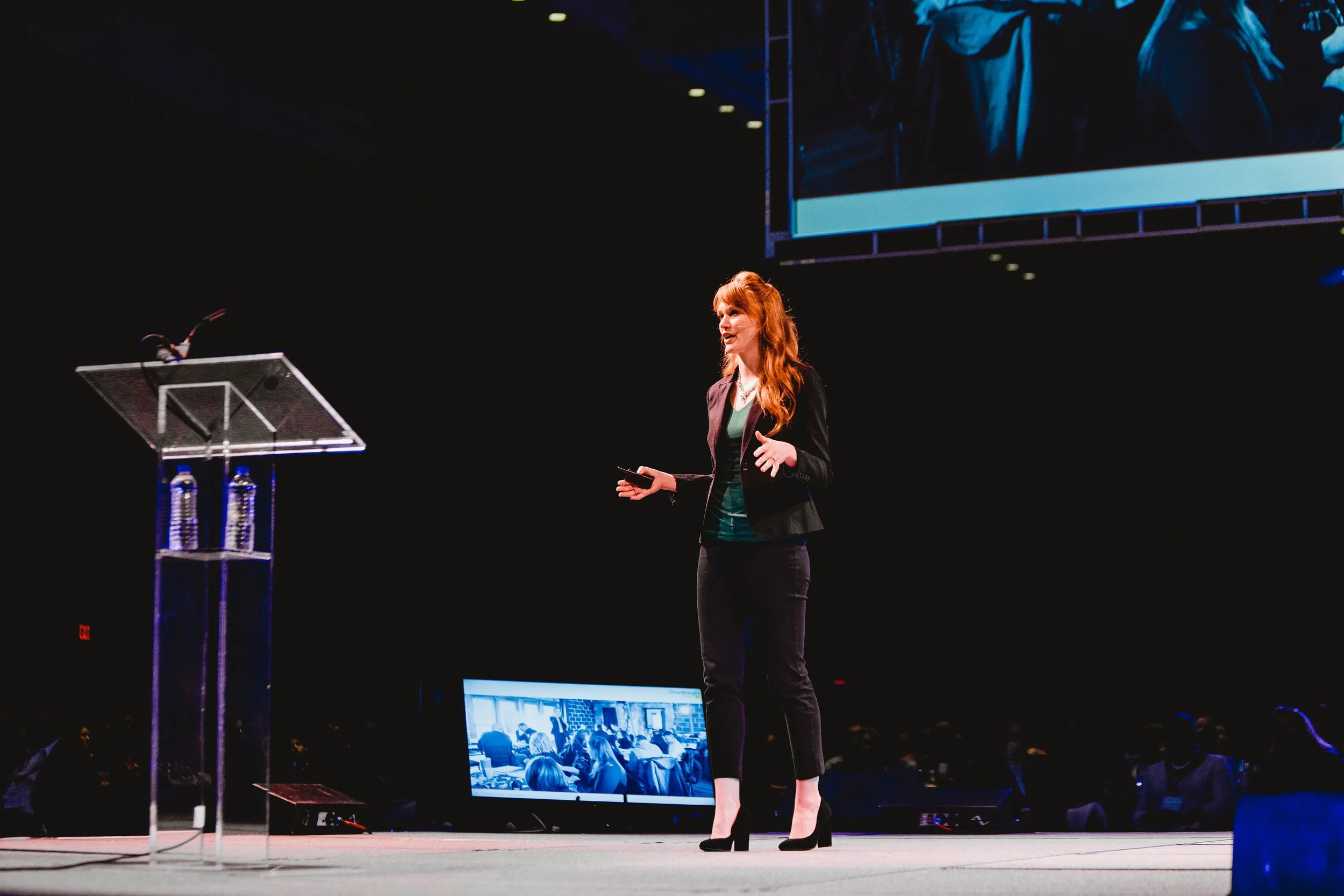Capitalizing on Strengths
According to a study by Harvard Business Review, workplace factors that have worsened the most since the pandemic are poor communication practices and a low sense of connection to or support from one’s colleagues or manager. Creating healthy working relationships begins with understanding one’s own strengths and needs and fostering meaning full interactions with others within the organization.
The Clifton Strengths assessment has proven to be a valuable tool to help individuals determine their “top five” strengths. In the assessment, 34 different strength themes are divided into four domains: Strategic Thinking, Relationship Building, Influencing and Executing.
A detailed report explains how a person’s top five strengths can help them maximize their potential. Kristen O’Shea, strengths coach and owner of O’Shea Strengths Coaching, understands the power that comes with identifying your strongpoints as well as your weak ones. She helped pioneer and champion the vision of Kansas State University becoming a strengths-based campus. The University implemented a campus-wide initiative to improve student engagement, well being and retention by encouraging all students to take the Gallup Clifton Strengths assessment. This tool not only helped individuals determine their core strengths but also guided them to intentionally apply this knowledge when determining their major, choice of housing, interviewing, job search and future plans.
“It was amazing to see how impactful it was for students to discover their individual strengths, understand their motivators and rewards needs and how that understanding made every decision so much clearer,” Kristen said.
STRENGTHENING TEAMS
Kristen now takes that same mindset into the workplace, helping individuals and organizations capitalize on their strengths.
“We should be able to give our best selves to work,” Kristen said. “The strengths tool helps individuals to perform better and allows teams to leverage the combined strengths of the members to improve outcomes. We spend way too much of our time, effort and talent at our jobs to be miserable.”
Kristen often conducts high energy workshops to help employees discover their strengths and learn ways to capitalize on them to minimize weaknesses. While these team workshops are effective and attendees learn beneficial insights about themselves and their team members, Kristen says the “sweet spot” of strengths training happens when companies make it part of their culture.
“The ideal setup is a combination of individual coaching to identify strengths; team training that everyone can do together to learn about their teammates and how to build stronger working relationships; and ongoing scheduled activities to remind participants to practice intentional engagement and help create a habitual behavior,”Kristen said.
FACILITATING ENGAGEMENT
Kristen has partnered with the e2grow program, an online platform and mobile app that facilitates engagement by pushing out suggested activities that act as behavioral “nudges” to encourage intentional interaction and then encouraging reflection on that action.
This action and reflection approach works like muscle memory; the more you consciously work to develop your strengths, the more likely you will be to continue that learned behavior. The online platform also provides a Microsoft Outlook add-on to facilitate communication between team members. When a recipient is selected, a pop-up note will remind the sender of that person’s top five strengths, what motivates them, what demotivates them, best practices on how to delegate to them, and the most effective way to provide recognition based on their strengths.
“Because the information is right there before you ever write the email, this is a customized way to speak your colleagues’ language and understand what matters most to them,” Kristen said. “It helps eliminate misunderstanding and unintended conflict. ”While business leaders and employees can find immediate benefit in strengths training and coaching, Kristen says where you really begin to understand the success of implementing this type of training is when it naturally permeates every facet of the organization.“
Strength assessments should begin with onboarding. Place people into positions where they can use their specific talents and then allow the discussion of strengths to become a common language,” Kristen said. “Performance reviews become more valuable when you frame the questions to match each employee’s strengths and talents. Staff meetings are more productive if leaders understand who is using their strengths and who is not.”
IDENTIFYING DESIRED OUTCOMES
Incorporating a strengths-based employee approach to a company culture is more than just bringing in a trainer and a coach, however. Kristen says the most successful implementation begins with clearly defined desired outcomes. Maybe a company hopes to improve engagement and retention. Maybe they struggle with conflict resolution or communication. Maybe they need to discover better ways to motivate and reward employees.“
People will start to have some AHA moments based on this strengths approach,” Kristen said. “For example, a client recently told me, ‘I’ve never understood why so and so must ask so many questions in every meeting, but now I realize that their strength is their need to fully understand every situation. Knowing this, I intentionally make myself available after a meeting to provide those answers.”’
Ensuring employees are working in ways that allow them to capitalize on their strengths and helping them understand the strengths of their colleague scan create a more cohesive and productive work environment. However, it doesn’t happen overnight.
“In order for a strengths-based approach to work, it is crucial for an organization to recruit some internal champions to keep the training continually moving forward,” Kristen said. “Habits don’t form if you aren’t practicing them every day.”






